Article from Issue #62 (October 7, 2023)
The story of Halloween in Canada
by Alan Regan
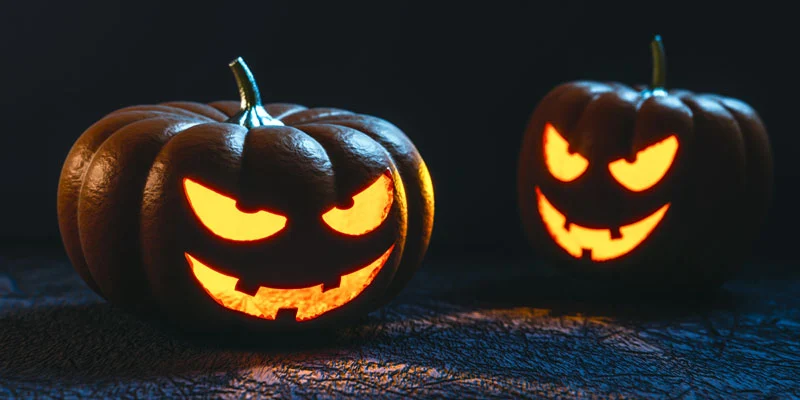
Source: Moving2Canada
Origins
The origins of Halloween can be traced back to around 400 BC, when the festival of Samhain began in Ireland. The exact purpose is unclear, but it appears to be a commemoration marking the end of summer, and the beginning on November 1 of a new year on the Celtic calendar.
It was believed that the transition from one year to the next marked a time when mortals and souls could mingle with one another. In later centuries, families would leave space at the dinner table for souls of dead relatives who may wish to join them.
In an effort to guide the good souls to their door, families would carve faces into turnips or potatoes, with lights placed inside to illuminate them.
As millions of Irish emigrated to North America in the 1800s, the tradition of what we now know as Halloween followed, and became increasingly popular in Canada and the United States.
Arrival of Halloween in Canada
In his book, Halloween: From Pagan Ritual to Party Night, Nicholas Rogers writes that as Irish immigrants settled in urban North America, they would dress up for Halloween as part of humorous re-enactments. Newspaper reports refer to the sight of fairies and witches, while as early as 1874, Halloween masks were on sale in Kingston, Ontario.
Grocery stores were quick to spot an opportunity, and sold a variety of seasonal nuts. An 1897 advertisement located by Mr Rogers refers to chocolates, creams, and gumdrops all on special offer to mark the occasion.
The plentiful supply of pumpkins, and the fact that they were harvested in the weeks before Halloween, meant the Irish who immigrated regarded them as the ideal object to use for jack-o’-lanterns – and far easier to carve than potatoes or turnips.
And while ‘guising’, or Halloween mischief, originated east of the Atlantic, it is Canada that lays claim to the earliest recorded usage of the phrase “trick or treat”. In 1927, a newspaper article in Alberta reported that pranksters were visiting houses demanding either a “trick or treat”.
Modern-day Halloween in Canada
Today, Halloween in Canada is marked by decorations, costumes, and of course, trick-or-treating.
The tradition of pumpkins continues, however sometimes Canada’s wildlife can intervene. In 2014, residents of Banff, Alberta, were advised to take their pumpkins indoors, because a grizzly bear had been entering local gardens searching for food. It was feared the grizzly would arrive at people’s homes, because the desire to fatten up before the winter would make the pumpkins too irresistible. Trick or treat, indeed.
Grizzlies aside, modern-day trick-or-treaters are less malevolent than in previous generations. Over the decades, UNICEF has collected the spare change offered to children in Canada for its ‘Orange Box’ campaign. It raised C$3 million a year, before it moved to an online system in 2006.
Adults continue to buy candy for the children who visit their homes, and willingly hand it over to avoid having a trick played on them. The treats are usually a reward for the child’s costume.
2011 figures from Statistics Canada show that while C$276 million of candy is purchased on average each month in Canada, this rose to C$356 million in October. That’s C$80 million of extra treats, all because of Halloween.
In the city of Cornwall, Ontario, however, some of the treats are a little bit different than the candy generations of children have become accustomed to.
In an effort to encourage healthier activities, the city sells heavily-discounted swimming and skating passes that householders can hand out to kids who call to their door.
All 1,500 passes sold out within a week in 2017 – not bad for a city with only 7,000 children under the age of 14. Jamie Fawthrop, Division Manager of Parks and Recreation at the City of Cornwall explained it was a perfect way to meet the needs of the modern-day parent.
“People are becoming a lot more health-conscious, and we see a lot more involvement by kids in our fitness programs. Twenty years ago, it was a lot less structured for kids, but we’re now seeing more and more parents who want organized activities for their kids,” Jamie told Moving2Canada.
Families like the Fawthrops are getting excited as Halloween approaches, with Dean (10) dressing up as KFC founder, Colonel Sanders, while Carolyn (8) has her baby deer costume ready. Their school has invited them to wear their costumes to class on Halloween, where many of the teachers will also be in costume for the occasion.
Despite new trends, Jamie says that many of the hallmarks of Halloween in Canada remain the same.
“My own kids collect so much candy that after a few days of gorging, we take whatever’s left and bring it into work – otherwise the kids will hoard it!
“Very little has changed from when I grew up in Cornwall. Kids will always love candy, and being with their friends. So their experience is very similar to mine,” Jamie added.
When the Celts first commemorated Samhain almost 2,500 years ago, they could never have predicted its influence would be felt thousands of kilometres to the west.
But there can be little doubt that Canadians have made the event their own, and that Halloween in Canada is a special night for families all across the country.
How will you celebrate Halloween in Canada?
Moving2Canada would love to hear from newcomers across Canada about what they are up to for Halloween, and what the day means to them. Email editor@moving2canada.com, include your name and a brief summary of what you have been up to, and we will include some responses in a round-up.
And if you haven’t yet done so, make sure you have downloaded our free Getting Started Guide magazine, filled with tips for newcomers to Canada!

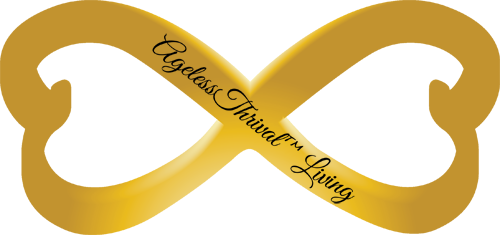
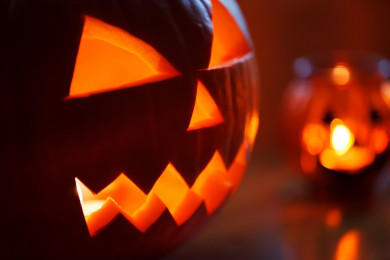 Halloween History
Halloween History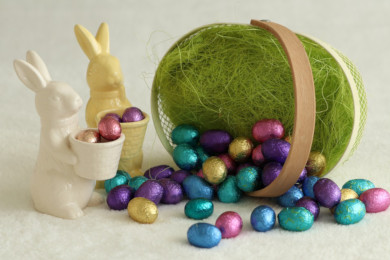 What Does the Easter Bunny Have To Do With Easter?
What Does the Easter Bunny Have To Do With Easter?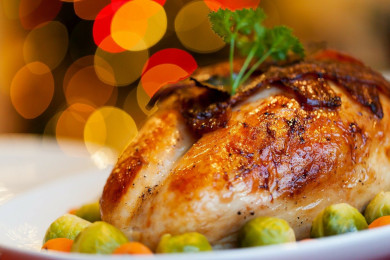 Happy Thanksgiving Canada! October 11, 2021
Happy Thanksgiving Canada! October 11, 2021